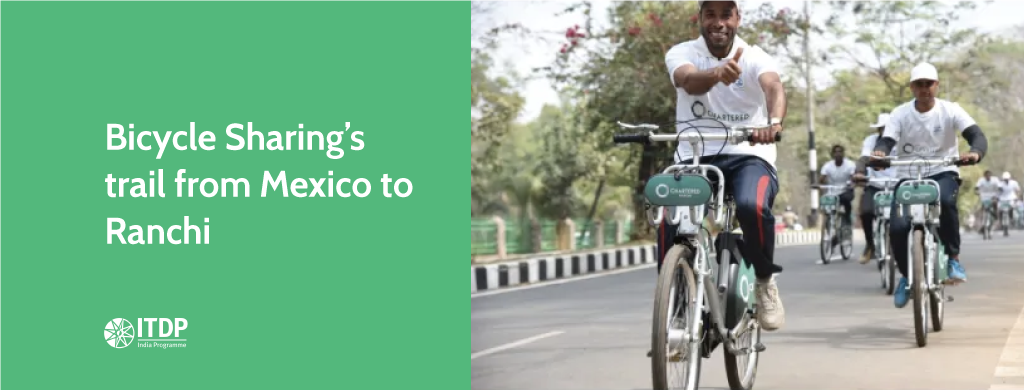An infographic blog

If you are a civil society organisation, consultant, corporate or concerned citizen eager to support your city in the India Cycles4Change Challenge, register here – https://bit.ly/30L0vnd
This article is part of a series of articles on the India Cycles4Change Challenge.
Read Part 1 in the series on the Launch of the India Cycles4Change Challenge
Designed by Sujai Chandran and Aishwarya Soni




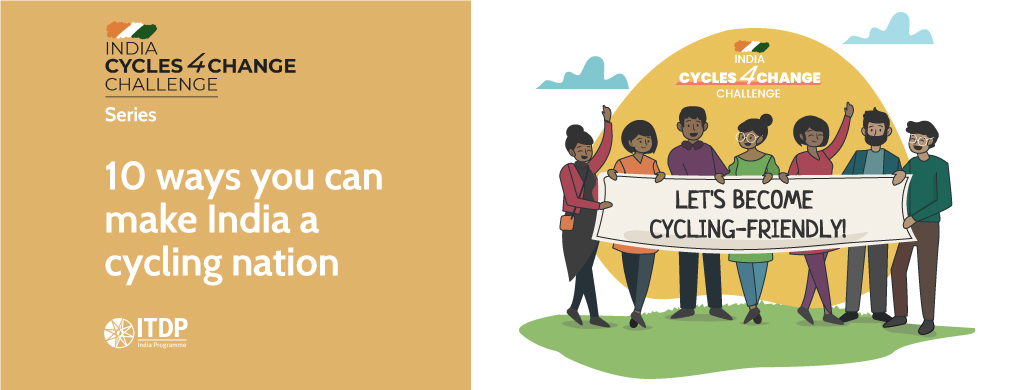









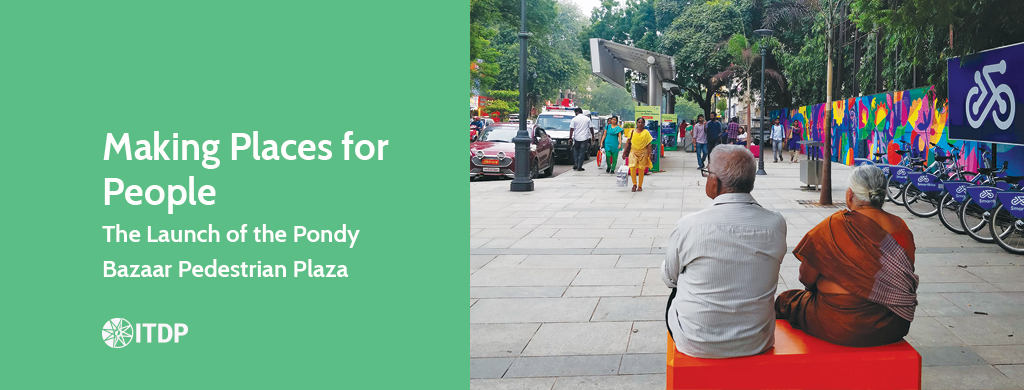



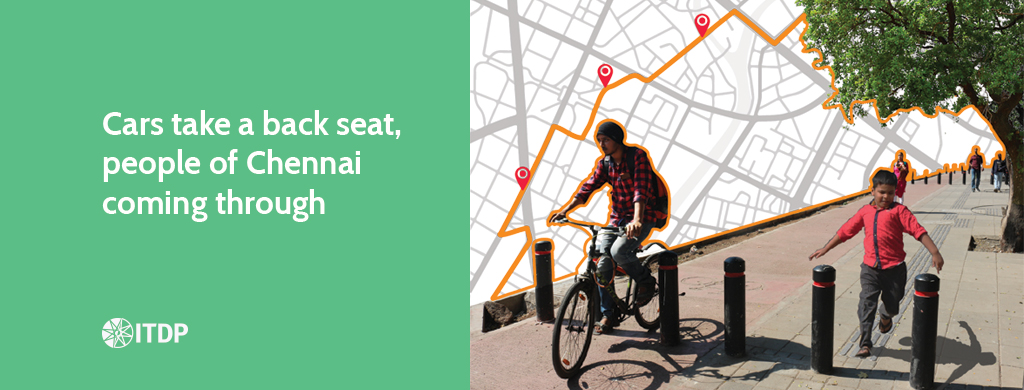










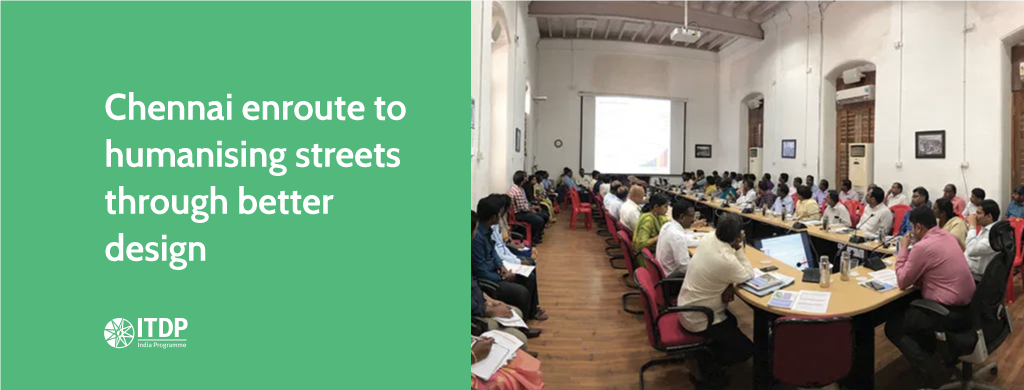
 NMT Masterplan
NMT Masterplan


